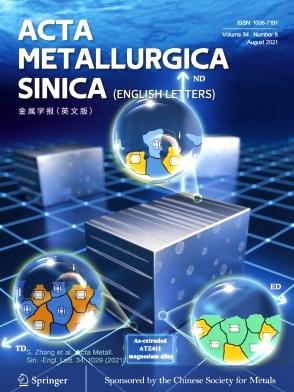Macroscopic and Microscopic Residual Stresses in Nickel-Aluminum Bronze Matrix Composite Surface Deposits Manufactured via Laser Melt Injection
Abstract
Wear is a prevalent issue across various industries. Spherical fused tungsten carbide (sFTC) reinforced nickel-aluminum bronze (NAB) matrix composite surface deposits have shown remarkable potential in mitigating wear by approximately 80%. However, the performance of these sFTC/NAB composite surface deposits is determined by their residual stress state, and the precise macroscopic and microscopic residual stresses within these composites have yet to be clearly established. To address this gap, we employed neutron diffraction to measure the residual stresses in the sFTC/NAB composite surface deposits and re-melted NAB samples produced via laser melt injection. Significant residual stresses were determined. The maximum tensile macro residual stress appears approximately 1–1.5 mm below the composite layer. Residual stresses accumulate with an increasing number of laser process tracks. The maximum tensile macro residual stress in the three-track samples reaches about 350 MPa. Preheating the base plate significantly reduces the levels of macroscopic residual stress. The WC phase displayed significant compressive thermal misfit residual stress magnitude, while the Cu matrix exhibited tensile thermal misfit residual stress. Preheating the base plate does not reduce microscopic thermal misfit residual stress levels. In addition, a finite element model was built to investigate temperature and residual stresses in the re-melted NAB samples. The predicted temperature history and residual stress agree with the experimental results.

 求助内容:
求助内容: 应助结果提醒方式:
应助结果提醒方式:


